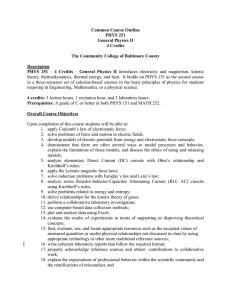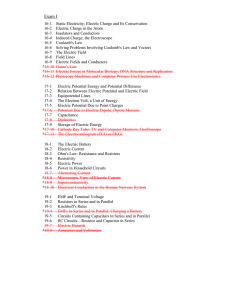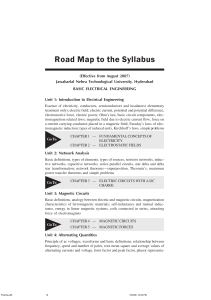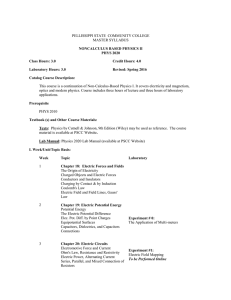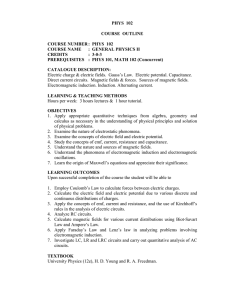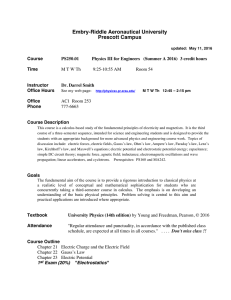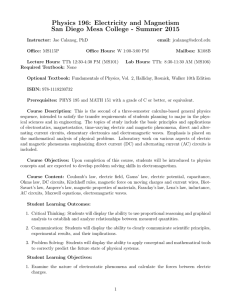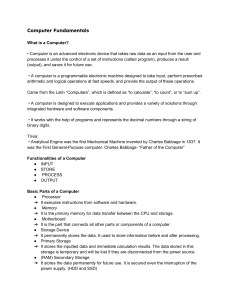Generations of Computing
advertisement
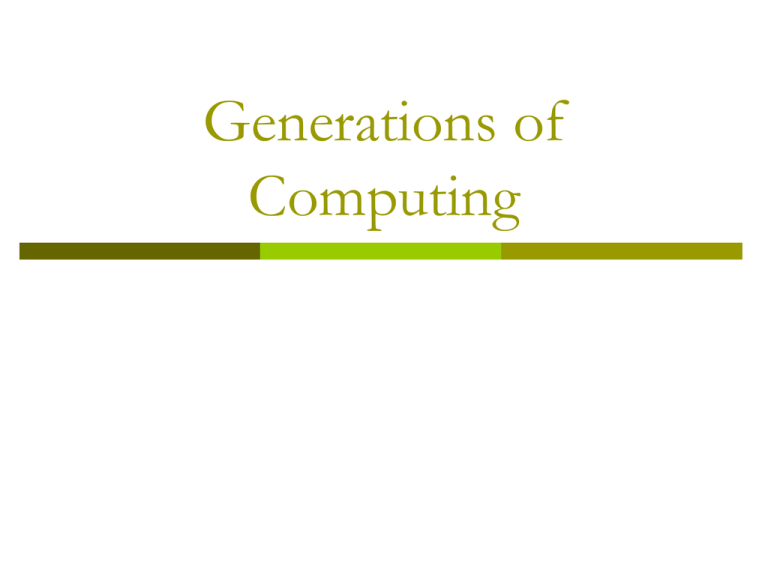
Generations of Computing The Computer Era Begins: The First Generation 1950s: First Generation for hardware and software Vacuum tubes worked as memory for the machine Data written to magnetic drums and magnetic tapes Paper tape and data cards handled input Software separates from hardware and evolves Instructions written in binary or machine code Assembly language: first layer of abstraction Transistors in the Second Generation Software innovations Assembly language limitations Appearance of high-level languages: FORTRAN, COBOL, LISP Hardware development Transistor replaces vacuum tube RAM becomes available with magnetic cores Magnetic disks support secondary storage Circuit Boards in the Third Generation Integrated circuits (IC) on chips Miniaturized circuit components on board Semiconductor properties Reduce cost and size Improve reliability and speed Operating systems (OS) Program to manage jobs Utilize system resources Allow multiple users Fourth Generation Era of miniaturization LSI chips contain up to 15,000 circuits VLSI chips contain 100,000 to 1 million circuits Minicomputer industry grows UNIX operating system was created Free to educational institutions Microcomputer makes appearance The Latest Generation (Fifth) Parallel computing Three approaches Aka parallel architecture CPUs joined for simultaneous task execution SIMD (single instruction, multiple data) stream MIMD (multiple instruction, multiple data) stream Internetworking Uses Control Web pages, databases, and networks Mathematical modeling and scientific research Early personal computers 1950 – Simon computer kit 1973 – Xerox Alto Altair (1975) Apple I (1976) Apple II (1977) IBM PC (1981) Macintosh (1984) Information Processing Cycle (transforming data into information) 1. 2. 3. 4. Input Processing Output Storage All About Bits 0 and 1 0 = off 1 = on Binary Representation 01011010 = Z 8 bits = 1 byte Altair and Switches



